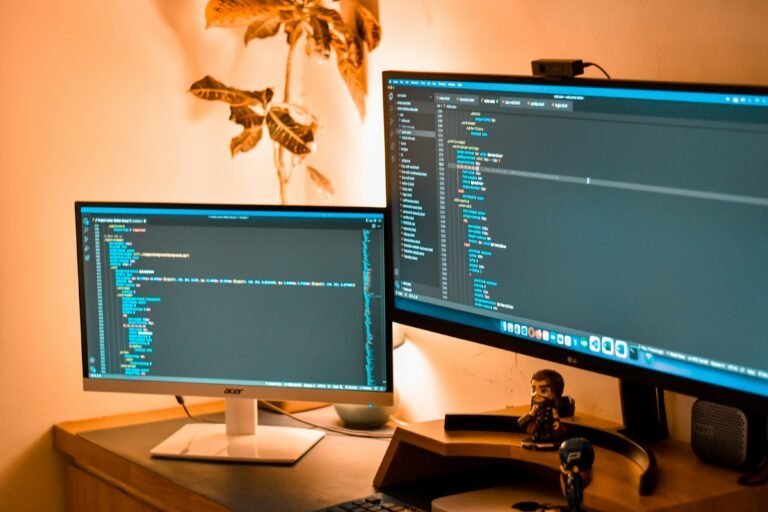How to Handle Errors in Python
Errors are an inevitable part of programming, but Python makes it easier to identify, handle, and resolve them efficiently. Learning how to handle errors effectively will save you time, make your programs more robust, and improve the user experience.
In this article, we will explore the different types of errors in Python, the concept of exception handling, and best practices for writing error-free Python code. Want to take your python learning to new heights ? Enroll for Masterclass in python now !
Types of Errors in Python
Python errors can be broadly categorized into three types:
1. Syntax Errors
These occur when the code violates Python’s syntax rules. They are detected before the program runs.
Example:
print("Hello World"
Error:
SyntaxError: unexpected EOF while parsing
2. Runtime Errors
These occur during the program’s execution and usually result in a program crash.
Example:
result = 10 / 0
Error:
ZeroDivisionError: division by zero
3. Logical Errors
These are errors in the program’s logic, leading to incorrect results. Python won’t throw an error, but the output will be unexpected.
Example:
# Incorrect formula for area of a circle
area = 2 * 3.14 * radius
Understanding Exception Handling in Python
Exceptions are Python’s way of handling runtime errors. Instead of crashing, Python lets you catch and manage exceptions gracefully.
The try and except Blocks
The try block contains code that might raise an exception. If an error occurs, the except block handles it.
Syntax
try:
# Code that might raise an exception
except ExceptionType:
# Code to handle the exception
Example
try:
num = int(input("Enter a number: "))
print(10 / num)
except ZeroDivisionError:
print("You can't divide by zero!")
except ValueError:
print("Please enter a valid number.")
Output:
Enter a number: 0
You can't divide by zero!
The else Clause
The else clause executes if no exceptions occur in the try block.
Example
try:
num = int(input("Enter a number: "))
result = 10 / num
except ZeroDivisionError:
print("You can't divide by zero!")
except ValueError:
print("Invalid input!")
else:
print(f"Result: {result}")
The finally Clause
The finally block contains code that executes regardless of whether an exception occurs or not. It is commonly used for cleanup actions like closing files or releasing resources.
Example
try:
file = open("example.txt", "r")
content = file.read()
print(content)
except FileNotFoundError:
print("File not found!")
finally:
file.close()
print("File closed.")
Raising Exceptions
You can use the raise keyword to trigger exceptions manually.
Example
def check_age(age):
if age < 18:
raise ValueError("Age must be 18 or above.")
return "You are eligible!"
try:
print(check_age(16))
except ValueError as e:
print(e)
Output:
Age must be 18 or above.
Using Built-in Exceptions
Python provides many built-in exceptions to handle common errors. Some examples include:
| Exception | Description |
|---|---|
ZeroDivisionError | Division by zero error. |
ValueError | Invalid value provided. |
FileNotFoundError | File or directory not found. |
KeyError | Accessing a nonexistent key in a dictionary. |
TypeError | Invalid operation for a data type. |
Custom Exceptions
For more specific error handling, you can create custom exceptions by defining a class that inherits from Exception.
Example
class NegativeNumberError(Exception):
pass
def square_root(num):
if num < 0:
raise NegativeNumberError("Cannot compute square root of a negative number.")
return num ** 0.5
try:
print(square_root(-9))
except NegativeNumberError as e:
print(e)
Best Practices for Error Handling
- Be Specific with Exceptions: Catch only the exceptions you expect and can handle.
# Avoid this except: print("An error occurred.") # Use this except ValueError: print("Invalid input.") - Use Logging: Log errors for debugging instead of displaying them to users.
import logging try: # Code except Exception as e: logging.error(f"An error occurred: {e}") - Don’t Silence Exceptions: Avoid using
passin exception handling without proper reasoning. - Clean Up Resources: Use the
finallyblock to release resources like file handles or database connections. - Validate Input: Prevent errors by validating user input before processing it.
Real-World Applications
- File Operations: Handle errors when opening or reading files.
- Web Development: Manage exceptions like invalid API responses.
- Database Interactions: Handle connection or query errors gracefully.
- Data Processing: Manage missing or incorrect data in datasets.
Conclusion
Error handling is a crucial skill for writing robust Python programs. By using try, except, else, and finally, you can ensure your code handles unexpected scenarios gracefully. Combine these techniques with proper logging and input validation to create reliable and user-friendly applications.
With practice, handling errors in Python will become second nature. Start experimenting today to improve your programming confidence!







